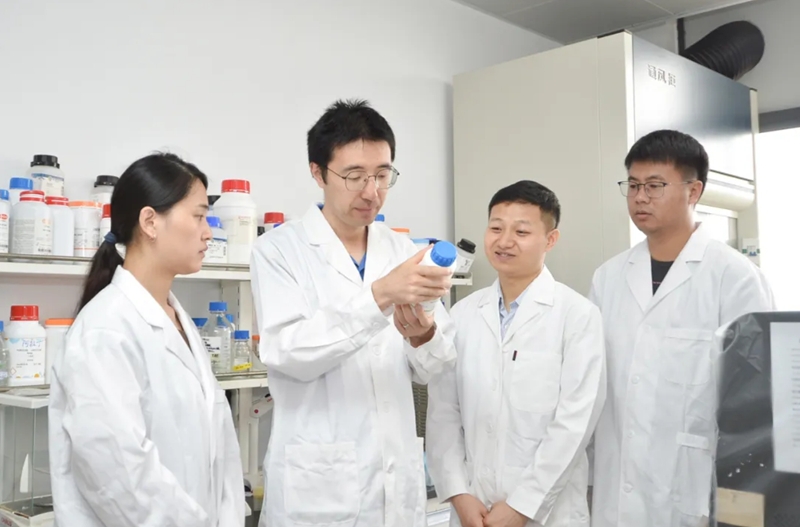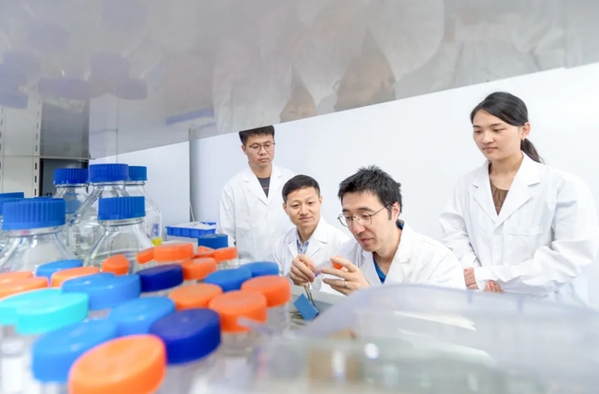On July 5th, Shanghai Normal University (SHNU) Professor Huang Xuehui's team from the College of Life Sciences published a paper in Science titled Genomic Investigation of 18421 Lines Reveals the Genetic Architecture of Rice. This study has created a large-scale hybrid population of rice, a series of new genetic data analysis methods, which greatly improved the efficiency of genetic analysis of agronomic traits and provided genetic information and theoretical support for the design and cultivation of new rice varieties. The authors include Yong Kaicheng, Wei Xin, Huang Xuehui, Liu Jie, Zhang Qi, and Chen Mengjiao.
What genes determine various complex agronomic traits, how to efficiently analyze them, and what are the connections between genes have always been fundamental issues in genetic research of crops such as rice, and also an important theoretical basis for achieving intelligent breeding of rice. At the beginning of 2017, the SHNU College of Life Sciences established a research team for plant quantitative genetics, focusing on major national strategic goals and anchoring the research topic. By exploring refined and innovative analytical methods to uncover important genes and genetic patterns, the team ultimately achieved breakthroughs in research results.
For various rice breeding traits, this study identified 1,207 gene loci, with an average of 27.5 gene loci detected for each trait. Based on this, the genetic interaction network of rice genes was systematically analyzed. The study has significantly improved the efficacy of genetic mapping, and also greatly promoted the understanding of the formation of rice breeding traits.
This program was funded by the National Key Research Program (Young Scientist Project), National Outstanding Youth Project, National Excellent Youth Project, Shanghai Key Laboratory of Plant Molecular Science, Shanghai Development Center of Plant Germplasm Resources, and Collaborative Innovation Center of Plant Germplasm Resources.





